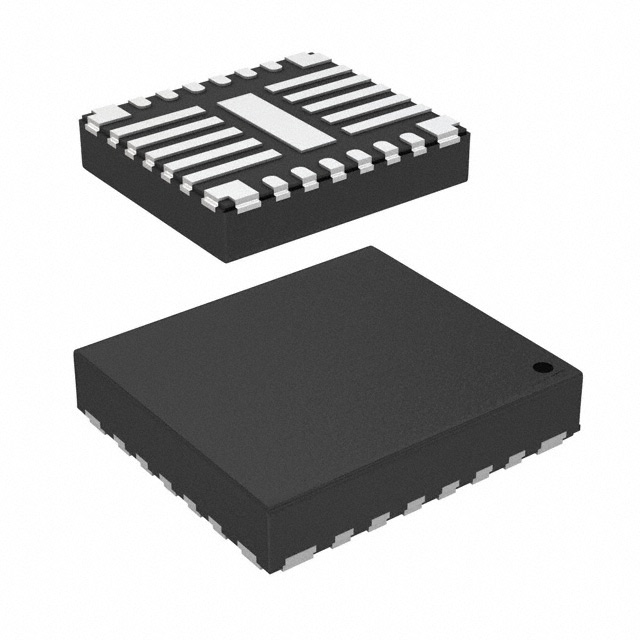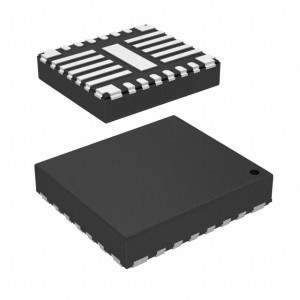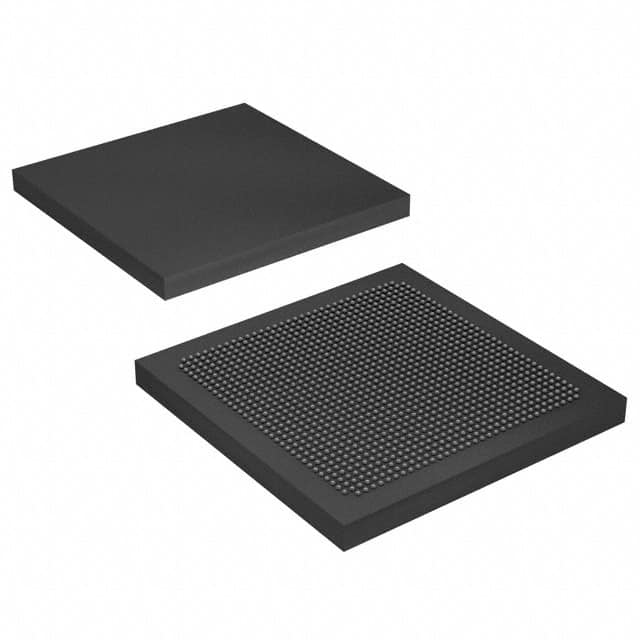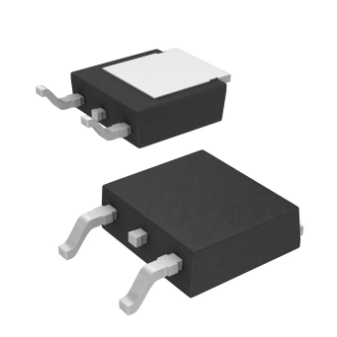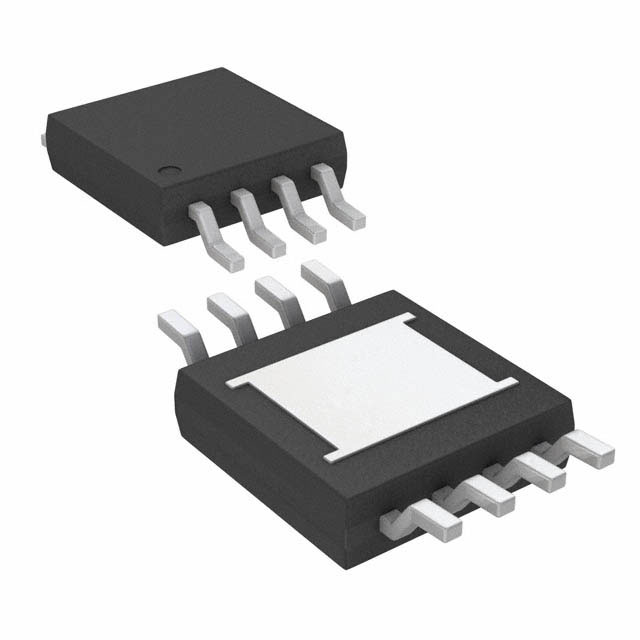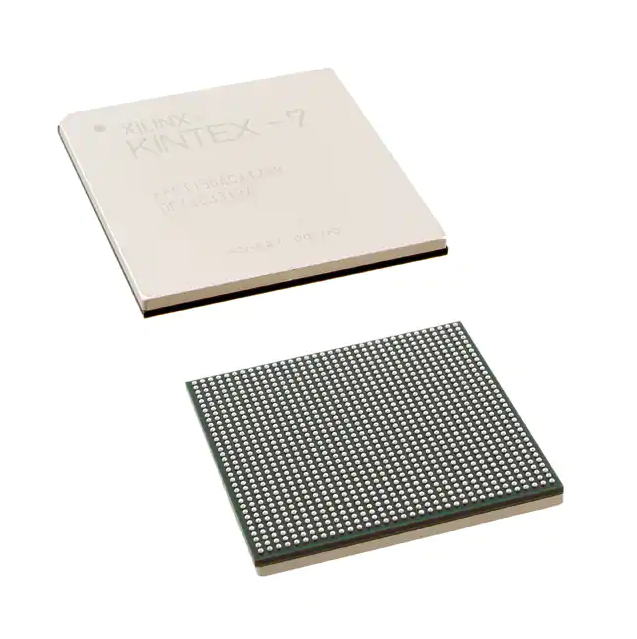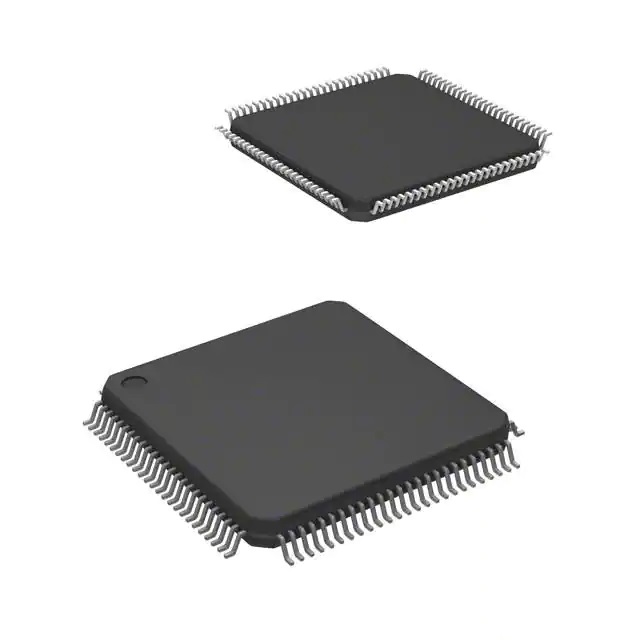LP87524JRNFRQ1 ( Electronic Components IC Chips Integrated Circuits IC ) LP87524JRNFRQ1
Product Attributes
| TYPE | DESCRIPTION | SELECT |
| Category | Integrated Circuits (ICs)
PMIC - Voltage Regulators - DC DC Switching Regulators |
|
| Mfr | Texas Instruments | |
| Series | Automotive, AEC-Q100 | |
| Package | Tape & Reel (TR)
Cut Tape (CT) Digi-Reel® |
|
| Product Status | Active | |
| Function | Step-Down | |
| Output Configuration | Positive | |
| Topology | Buck | |
| Output Type | Programmable | |
| Number of Outputs | 4 | |
| Voltage - Input (Min) | 2.8V | |
| Voltage - Input (Max) | 5.5V | |
| Voltage - Output (Min/Fixed) | 0.6V | |
| Voltage - Output (Max) | 3.36V | |
| Current - Output | 4A | |
| Frequency - Switching | 4MHz | |
| Synchronous Rectifier | Yes | |
| Operating Temperature | -40°C ~ 125°C (TA) | |
| Mounting Type | Surface Mount, Wettable Flank | |
| Package / Case | 26-PowerVFQFN | |
| Supplier Device Package | 26-VQFN-HR (4.5x4) | |
| Base Product Number | LP87524 | |
| SPQ | 3000PCS |
Switching Regulators
Switching regulators are a type of circuit that can transform voltage and input current into a voltage and an output current that is most suitable to power the system that it is producing power for. These types of circuits are also known as converters and are ideal for regulating the energy that is transferred between these two contact points to maintain a constant output voltage that is safely within the limits of the circuit. They work at a much higher conversion efficiency than linear regulators and offer the advantage of better and more cost-effective power management in the long term, as well as the fact that they often don't require external capacitors.
What are switching regulators used for?
These types of regulators are often used for single-cell or multi-cell battery-powered applications and for battery-powered portable electronic devices like digital cameras, handheld games consoles, controllers and more. The main benefit of using these switching converters instead of linear regulators is that they offer short-circuit protection and ensure over-voltage and under-voltage protection. They are also good for protecting electronic systems from over-temperature and over-current damage.
Types of switching regulators
Step-Up or Boost Regulators - These are the most basic type of switching regulator and are used to increase the output voltage
· Step-Down or Buck-Boost Converters - They reduce or reverse the output voltage with respect to the input voltage
Features for the LP87524J-Q1
- Qualified for Automotive Applications
- AEC-Q100 Qualified With the Following Results:Input Voltage: 2.8 V to 5.5 V
- Device Temperature Grade 1: –40°C to +125°C Ambient Operating Temperature
- Output Voltage: 0.6 V to 3.36 V
- Four High-Efficiency Step-Down DC-DC Converter Cores:4-MHz Switching Frequency
- Total Output Current Up To 10 A
- Output Voltage Slew-Rate 3.8 mV/µs
- Spread-Spectrum Mode and Phase Interleaving
- Configurable General Purpose I/O (GPIOs)
- I2C-Compatible Interface which Supports Standard (100 kHz), Fast (400 kHz), Fast+ (1 MHz), and High-Speed (3.4 MHz) Modes
- Interrupt Function with Programmable Masking
- Programmable Power Good Signal (PGOOD)
- Output Short-Circuit and Overload Protection
- Overtemperature Warning and Protection
- Overvoltage Protection (OVP) and Undervoltage Lockout (UVLO)
Description for the LP87524J-Q1
The LP87524B/J/P-Q1 is designed to meet the power management requirements of the latest processors and platforms in various automotive power applications. The device contains four step-down DC-DC converter cores, which are configured as 4 single phase outputs. The device is controlled by an I2C-compatible serial interface and by enable signals.
The automatic PFM/PWM (AUTO mode) operation maximizes efficiency over a wide output-current range. The LP87524B/J/P-Q1 supports remote voltage sensing to compensate IR drop between the regulator output and the point-of-load (POL) thus improving the accuracy of the output voltage. In addition the switching clock can be forced to PWM mode and also synchronized to an external clock to minimize the disturbances.
The LP87524B/J/P-Q1 device supports load-current measurement without the addition of external current-sense resistors. In addition, the LP87524B/J/P-Q1 supports programmable start-up and shutdown delays and sequences synchronized to enable signals. The sequences can also include GPIO signals to control external regulators, load switches and processor reset. During start-up and voltage change, the device controls the output slew rate to minimize output voltage overshoot and the in-rush current.






